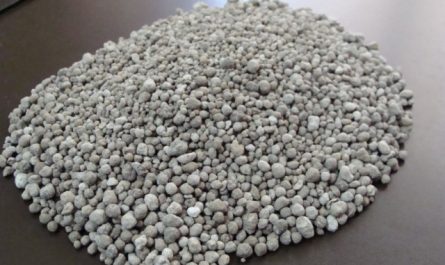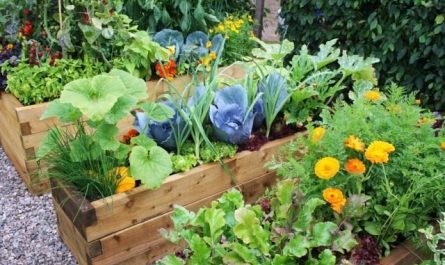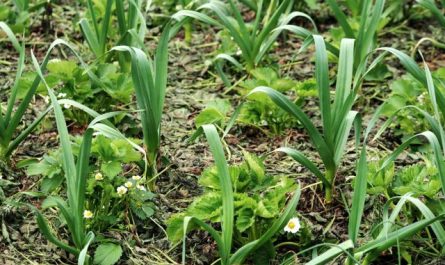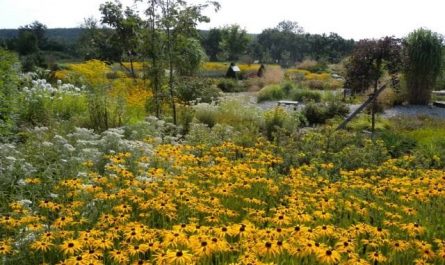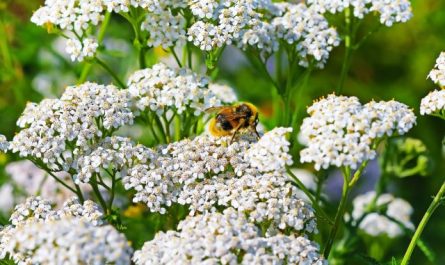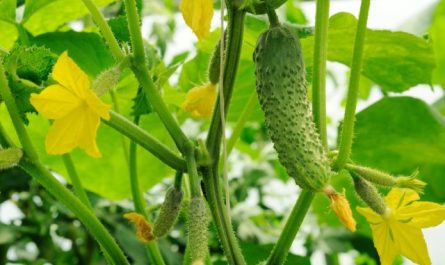A greenhouse allows us to create a microclimate that helps plants develop well, regardless of external weather conditions. This is a great way to grow your favorite plants almost all year round. However, greenhouses require constant care and attention. In order for greenhouses to do their job properly, it is necessary to control a number of factors. One of the most common questions asked by greenhouse owners: what temperature should be in a greenhouse? We will talk about this in the article.

What is the best temperature for a greenhouse?
Greenhouses are designed to absorb sunlight and convert it into heat. However, while the purpose of greenhouses is to keep plants warm, overheating can cause a variety of problems for any crop. Increased susceptibility to insect pests, increased risk of various diseases, decreased yields, and decreased crop quality are just some of the problems that extreme temperatures in a greenhouse can cause.
When temperatures and humidity levels rise to dangerous levels and remain too high for too long, the effect is as if the plants are being baked in an oven. Very high temperatures stress plants and usually cause them to wilt and die.
Ideally, the temperature in the greenhouse should be between 25 and 30 degrees Celsius. This temperature regime is ideal for growing almost all types of plants.
It is worth noting that some plants tolerate high temperatures better. Heat-loving crops grow well when the temperature reaches 30-35 degrees. These include: zucchini, tomatoes, cucumbers, peppers, eggplant, beans and some others. (However, at a constant temperature above 28 degrees, tomatoes do not pollinate). A special group among them are heat-resistant plants that can withstand a short-term increase in temperature to +50 degrees (corn and watermelon).
On the other hand, there are plants that prefer lower temperatures (below 25 degrees). They are known as cold-hardy and feel better when the temperature fluctuates between 20 and 25 degrees Celsius. (Cabbage, peas, carrots, beets, radishes, dill, spinach, turnips, onions, lettuce and others).
So, while the average ideal range is between 25 and 30 degrees, it is important to consider the preferences of specific crops when choosing the ideal greenhouse temperature. This recommendation may seem obvious, but it is better to grow either heat-loving or cold-tolerant plants in the same greenhouse.

Why are greenhouses much hotter than the outdoors?
The air in greenhouses heats up because certain types of radiation penetrate through their surfaces made of glass or plastic. Solar radiation passes freely through such transparent materials and heats the soil, rocks, plants and everything inside the greenhouses. On the other hand, thermal radiation (also known as infrared) cannot pass through glass and plastic, so it is retained inside the greenhouses. In this way, greenhouses collect the sun’s rays, turning them into heat trapped inside.
Of course, during the day the sun’s rays heat up all the surrounding air, but greenhouses concentrate this heat much more than the outside air, because the air mass inside the greenhouses is much smaller than the huge air masses outside.
Maintaining the temperature in the greenhouse
As we have discussed above, maintaining a stable temperature inside a greenhouse is very important in greenhouse care. To do this, you must first take into account several factors, such as:
- What is the weather like where you live?
- The types of plants you grow
- The number of plants in your greenhouse
There is indeed a lot that can be done to keep the temperature in your greenhouse within the optimal range for your plants. The first step in maintaining the ideal temperature is to purchase a reliable thermometer to constantly monitor the temperature as well as the humidity level in your greenhouse.
The second step is to use different methods to maintain a constant temperature inside the greenhouse. Here are some ideas to help you control the temperature.
Ventilation
Allowing air to flow through your greenhouse is a surefire way to cool it down. Some greenhouses come with a built-in ventilation system. If yours doesn’t, simply open the doors and windows of your greenhouse. It’s a free and easy way to reduce the temperature. Just be sure to close everything before dark on cold nights to retain the heat that has built up during the day.
You can also install an automatic greenhouse window opener (thermo actuator). It consists of a piston that reacts to rising temperatures by opening the ventilation window. Then, when the temperature drops, the piston contracts and the valve closes again. However, in extreme heat, this measure is not enough.



Fans
If opening the greenhouse to allow air flow does not help, try using fans to create air flow.
Some ventilation systems do not even require electricity to operate. You can also find direct-drive fans that run on solar energy. If you are on a budget, you can even install a household fan.
Any type of fan you install will help keep the air moving in the greenhouse. Fans also help prevent diseases, mold, and pests from spreading inside the greenhouse.
When choosing a fan, you need to keep in mind that they must be of the right size to ensure sufficient air circulation inside the greenhouses. You should also consider the location of the fan. They should not be located too low so that the air fully blows over the crown of the plants.
If possible, it is better to install two fans: one at the entrance will work to draw air from the street, and the fan at the exit will serve to remove hot air from the inside.
Shading
Shading helps prevent temperature fluctuations in the greenhouse. It is best used from early summer to early fall to maintain optimal conditions for plants.
The disadvantage of this method is that shading also prevents light from penetrating. This is a problem for plants that depend on light for growth and development. Therefore, it is necessary to use shade in moderation.
The best material for shading is a special greenhouse shade net. It holds back the sun’s heat, preventing it from entering the greenhouse. At the same time, when fixed inside the greenhouse, the mesh shade does not impede the air flow, which makes the greenhouse less stuffy. Shade density is another factor that is important to consider. Greenhouse shade nets come in different densities, usually from 10% to 80%. The density that is best for your greenhouse depends on the plants you are growing, so check online to see what lighting conditions your particular crops require. For example, a net with 45% shading is best for cucumbers and melons, as it lets in a lot of sunlight. A 60% shading degree is good for covering eggplants, cabbage, and tomatoes.
It is also important to take into account the fact that when the net is placed inside the greenhouse, a weak degree of shading should be selected, and outside, shading should be 70-80%.
You can also try other shading methods:
- Growing tall plants is a natural way to shade shorter crops.
- External or internal blinds
- Agrospan (it is better to choose white medium density)
- Special tint paints for greenhouses (can be replaced with lime, clay or chalk diluted in water)
A large piece of fabric (such as an old sheet) or burlap will also work. The material can simply be thrown over the roof from the outside of the greenhouse. To secure it, use clamps, double-sided tape for mirrors, or make sure the piece is large enough to reach the ground, where you can secure it with bricks or stones. The shading should only be placed on the sunny side of the greenhouse.
humidification
When the humidity level in the greenhouse drops, photosynthesis slows down and plants become susceptible to disease. Unless you are growing cacti, the humidity level in the greenhouse should be at least 50% or higher. Another benefit of humidifying the greenhouse is that it reduces the risk of pest infestation.
There are several ways to control the humidity level in your greenhouse, such as installing a reptile humidifier or a regular household humidifier.
Humidity is also increased by moistening paths, benches, sides of beds and all materials inside the greenhouse. Any hard surface inside the greenhouse is recommended to be watered with water at least three times a day during the hot months.
Even buckets of water left in the greenhouse can contribute to increasing humidity.
There is also a drip irrigation system with top watering. The top type of watering creates a shower for the plants, increasing the overall humidity in the greenhouse.
